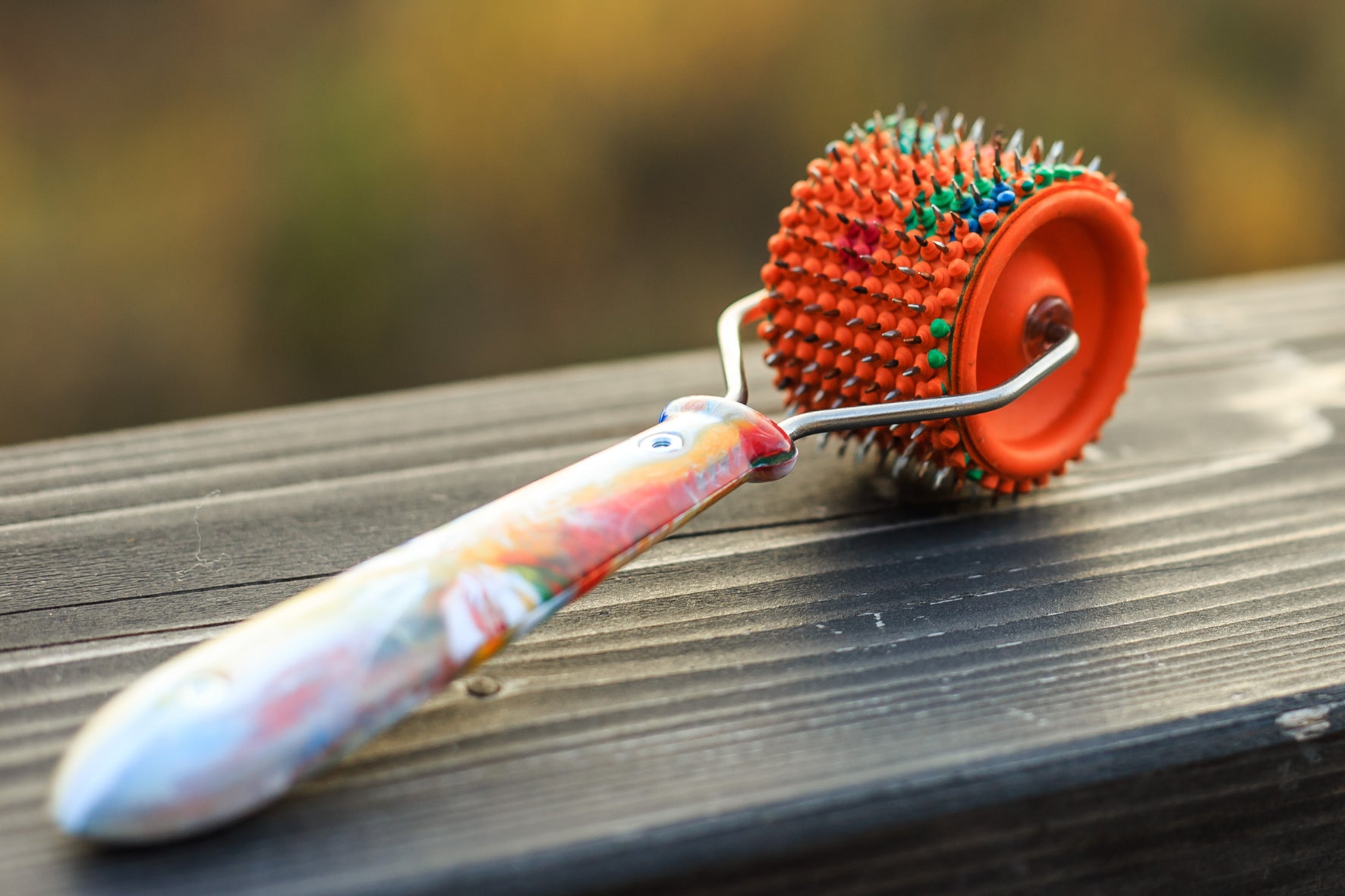Continue Shopping
FREE SHIPPING WORLDWIDE

The beauty of acupuncture lies in the breaking of the skin.
This skin-breaking technique results in releasing “feel-good” endorphins, as well as regulating hormones and neurotransmitters, and locally causes blood and fluids to pool to the area while triggering mast cells, which are part of your immune system. In short, this helps “regulate immunity, autoimmunity, inflammation and allergic responses.”
Acupressure uses touch and pressure and “activates acupoints and meridians.” It doesn’t break the skin.
Acupuncture and acupressure work different, both can be effective in various symptoms.
Acupuncture and acupressure are both methods used to stimulate acupoints. In comparison, acupuncture uses a hair-thin needle to stimulate an acupoint whereas acupressure uses a firm pressure to massage the acupoints.
Acupuncture triggers a stronger stimulation to activate the body’s innate healing ability than does acupressure.
Both acupuncture and acupressure stem from Traditional Chinese Medicine (TCM), which is based on the thought that the body's vital energy flows through meridian points on the body that connects to various organs, carry the energy and contribute to overall health.
Both methods are virtually pain-free and can be used to treat a number of ailments including allergies, anxiety, arthritis, nausea, headaches and migraines, depression and foot problems and pain like bunions, corns, plantar fasciitis, heel spurs and neuromas. It is said that the ancient methods have the ability to ease uncomfortable conditions by affecting hormone levels, the immune system and neurotransmitters in the body.
Now the question is which methods are the best for Treatment?
Acupressure: This treatment is fairly easy to learn and is a good choice for common ailments like headaches, migraines and nausea. In fact, many cancer patients turn to acupressure, as it can have a relieving effect on common side effects of chemotherapy, including nausea. The firm pressure applied during acupressure (similar to a Shiatsu massage) helps to stimulate endorphins, which increases blood flow and oxygen, relaxes your muscles, decreases pain and promotes healing. In addition to relieving pain, acupressure works to rebalance the body by strengthening the immune system and reducing stress and tension.
You can use Lyapko Applicator to do this at home.
Acupuncture: This treatment takes much more time to learn than acupressure and therefore requires the expert skills of a licensed practitioner. Acupuncture is said to be more effective at treating many ailments than acupressure because it can be applied all over the body at once and thus facilitates better flow of energy. Some ailments that can benefit from acupuncture treatment include osteoarthritis, fibromyalgia, carpal tunnel syndrome, asthma, menstrual cramps, depression, insomnia, infertility and muscular conditions (back pain, neck pain, plantar fasciitis, etc). Acupuncture is commonly integrated with traditional Western medicine or chiropractic methods to achieve optimum results.
Both acupuncture and acupressure aim to achieve similar results with slightly different techniques, meaning both have the ability to be beneficial for you and your ailments. Which method you choose largely depends on your comfort level with massage versus needles and the level of treatment you’re looking to achieve. Either way, both acupuncture and acupressure can go a long way in your journey to optimal health.
